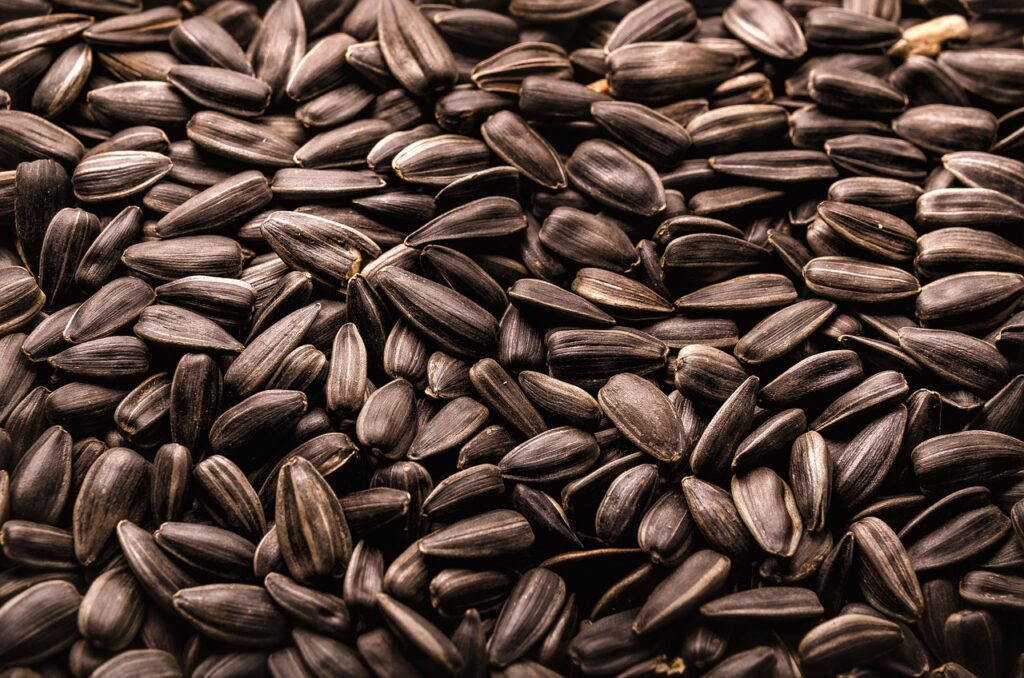
Vitamin E
What is Vitamin E? A fat-soluble antioxidant that helps protect cells from oxidative damage. It plays an essential role in immune function, skin and eye health and cell membrane stability.
Two forms:
- Tocopherols
- Tocotrienols
Function | Role of Vitamin E |
|
Antioxidant | Protects cells from damage | |
Immune Support | Enhances the immune system response | |
Brain Health | May help delay mental decline (under investigation) | |
Eye Protection | May reduce the risk of Age-Related Macular Degeneration (ARMD) | |
Heart Health | Supports blood vessel health | |
Too Little Vitamin E:
- Nerve and muscle damage
- Vision problems
- Weak immune function
Groups at Risk of Deficiency:
- Fat malabsorption disorders (Chron’s, cystic fibrosis)
- Genetic disorders affecting vitamin E transport
- Long-term low-fat diets
- Severe malnutrition
Too Much Vitamin E:
- Increased risk of bleeding
- Possible increased risk of prostate cancer
- Food based intake not associated with harm or toxicity
Just Right (adults):
- Recommended 15 milligrams/day
Medication Interactions
(consult your doctor)
- Anticoagulants and antiplatelet medications (blood thinners)
- Simvastatin and niacin (cholesterol medications)
- Chemotherapy and radiation
Food Sources
Animal
- Fatty Fish (salmon)
Plant based
- Sunflower seeds – one of the richest plant sources
- Almonds
- Wheat Germ Oil
- Avocados
- Spinach
Cooking tip:
Vitamin E is fat soluble, so pair with healthy fats (olive oil, nuts) to improve absorption.
Reference: Vitamin E – Health Professional Fact Sheet